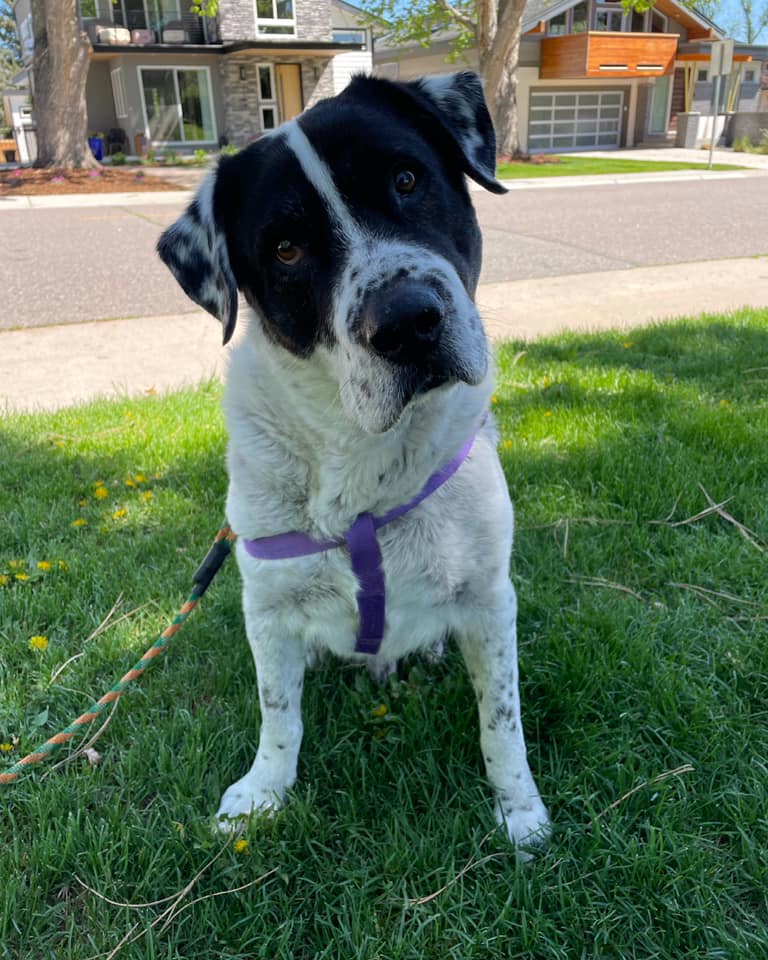The Islamist victors claim to have changed since they ran the country twenty years ago. Few believe them | Asia.


Expedition 65 Cool Science Radio Podcast — August 11 2021
Space station crew disusses life in space with cool science radio
Aboard the International Space Station, Expedition 65 Flight Engineers Mark Vande Hei and Shane Kimbrough of NASA discussed living and working in space during an in-flight interview on August 11 with Cool Science Radio. Vande Hei and Kimrbough are in the midst of six-month missions on the outpost.






“I enjoy being someone who makes people happy.”
Ai-Da is the world’s first robot artist, whose works are now going on display to showcase what the technology can do. 🤖

